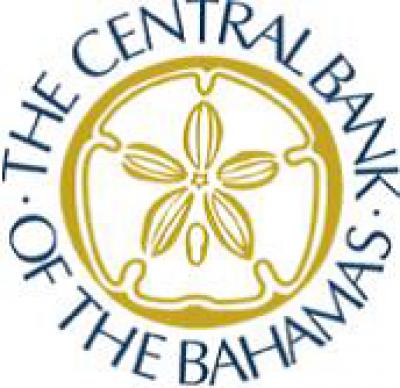NASSAU, BAHAMAS – The domestic inflation rate increased to 3.11 percent since July 2018, according to the Central Bank, which noted the trend reflected .
The regulator underscored the ongoing rise in the Value-Added Tax rate in its monthly economic and financial developments report for September.
“During the twelve months to July, the domestic inflation rate increased by 1.5 percentage points to 3.11 per cent, reflecting the ongoing impact of the 2018 rise in the VAT rate,” the report read.
The VAT rate increased from 7.5 per cent to 12 per cent on July 1 2018.
It continued: “A breakdown by segment showed that after posting reductions in 2018, the average prices registered upticks for furnishing, household equipment and maintenance, clothing and footwear items and for unclassified or miscellaneous goods and services. In addition, gains in average prices accelerated for transport, alcoholic beverages, tobacco and narcotics and health.
“The average increases slowed for restaurants and hotels, housing, water, gas, electricity and other fuels as well as food and non-alcoholic beverages. Prices for education, communication, recreation and culture were lowered.”
The Central Bank also noted that domestic economic developments for the month of September were dominated by the passage of Hurricane Dorian, which resulted in a falloff in tourism relative to an average monthly strengthening during the first eight months.
“Nonetheless, positive impulses to construction output from foreign direct investment projects were sustained, with contributions from the domestic sector likely to increase as post-hurricane rebuilding efforts intensify,” the report read.
“Further, domestic energy costs firmed in the twelve months to July, reflecting the pass-through effects of the previous-year’s increase in the value added tax (VAT) rate.
“In the monetary sector, bank liquidity expanded during the review month, as the rise in total deposits outpaced the growth in credit, while external reserves grew amid foreign currency inflows from reinsurance receipts and to a lesser extent from real sector activities,” it added.


